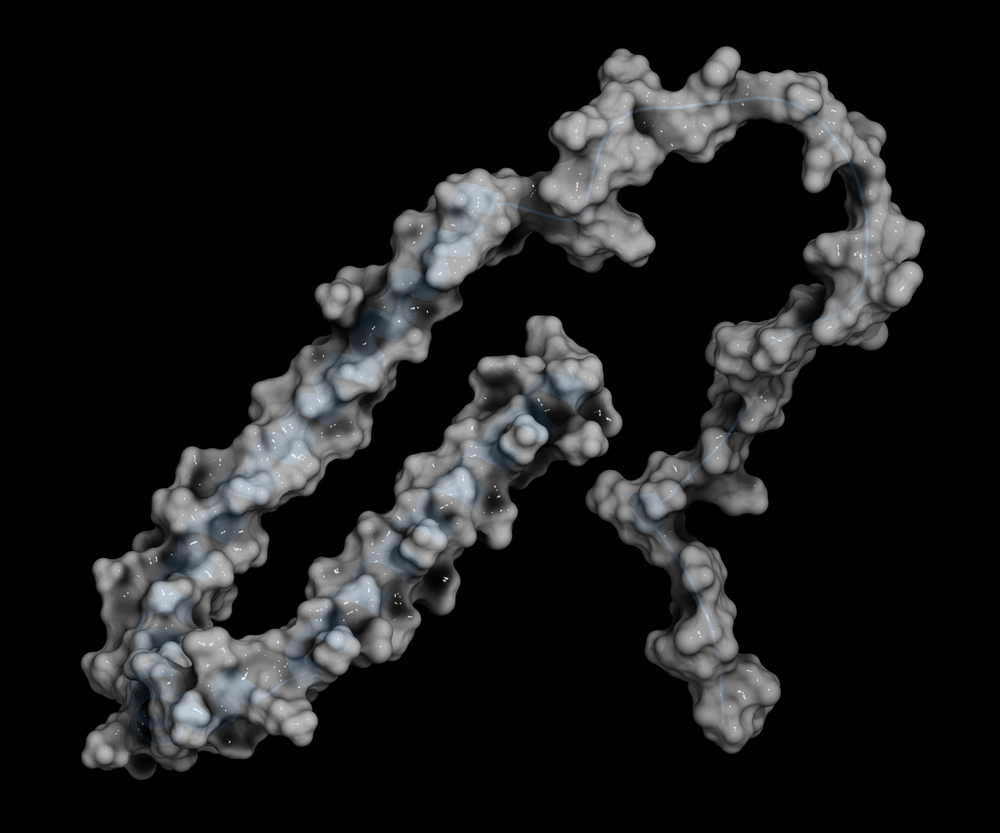Measuring Levels of Critical Protein May Aid Earlier Diagnosis of Parkinson’s

A new way to measure levels of a critical protein in Parkinson’s disease could lead to improved diagnosis and treatments.
Using a positron emission tomography (PET) imaging camera, Swedish researchers were able to measure levels of a protein called dopamine transporter (DAT) as a way to investigate the dopamine system in the brains of patients who have Parkinson’s disease.
The research, “Nigrostriatal dopamine transporter availability in early Parkinson’s disease,” was published in the journal Movement Disorders.
Parkinson’s is characterized by selective loss of cells that produce dopamine in a brain area called substantia nigra, which controls the body’s balance and movement. Dopamine is a substance responsible for controlling our movements; as such, loss of dopaminergic cells leads to motor symptoms, such as shaking, slowed movement and difficulty walking.
DAT is responsible for collecting dopamine from the outside of cells and putting it back into neurons, thereby regulating its effects in the communication between nerve cells (synapse).
DAT functions as a biomarker for dopamine neurons and can be found on their surface, in cell bodies, and in axons (long nerve fibers). So, analyzing DAT’s location enables researchers to map dopamine cells in the brain, a useful tool not only for diagnosis, but also for classifying patients and monitoring their treatment.
The team studied 20 patients (15 men/five women, mean age 62) suffering from mild Parkinsonism, and an equal number of healthy “control” participants. The analysis focused on a specific brain region called the nigrostriatal pathway, which arises from the substantia nigra and also is affected in Parkinson’s disease.
Results showed significantly lower amounts of DAT in nerve endings (36-70 percent) in Parkinson’s patients when compared to healthy controls. However, the amount of DAT remained relatively intact in cell bodies and nerve fibers.
“The results suggest that at early stages of symptomatic Parkinson’s a greater loss is observed at the level of the axonal terminals when compared with cell bodies and axons of dopaminergic neurons,” the researchers wrote.
“These results suggest that in the early stages of the disease dopamine cells are still viable and that, given the correct treatment, it should be possible to restore their function,” Andrea Varrone, MD, PhD, the study’s senior author, said in a press release.
“The method we have developed is likely to be able to assist in the diagnosis of Parkinson’s disease at an earlier stage and predict the development of the disease. DAT can also be used as a biomarker in clinical trials of new medicines and treatment strategies,” Varrone added.
Researchers now plan to examine patients in more advanced stages of the disease to better understand the correlation between DAT and clinical variables in Parkinson’s.






